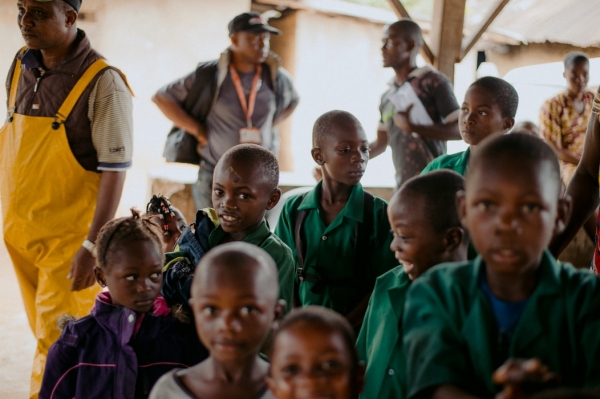Action on Armed Violence (AOAV) is a UK based non-profit, non-governmental organization (NGO) devoted to research and advocacy on armed violence worldwide. The organization has a heightened interest in the impact of explosive weapons in populated areas. AOAV has promoted and contributed to international agreements related to disarmament. Verity Hubbard, a consultant researcher for AOAV, has produced this report on the impact of explosive weapons on children’s physical health.
AOAV’s report on how children are affected by explosive weapons references data extracted from their Explosive Violence Monitor, studies conducted by Save the Children and Paediatric Blast Injury Partnership, interviews with physicians, and public health scholars. Save the Children is a leading organization in providing assistance to children worldwide, in terms of health, education, and protection. The Paediatric Blast Injury Partnership is a collaboration between Save the Children and Imperial College London, as well as numerous medical and operational experts, to create a manual to facilitate responders, doctors and other healthcare professionals in providing medical care for children in conflict zones. The report identifies the unique factors that contribute to high numbers of child deaths from explosive weapons.
Although explosive weapons kill and injure civilians at significantly higher rates than they do combatants, most blast injury research has examined their impact on fit, male combatants, resulting in a limited understanding of paediatric blast injuries. According to data collected by AOAV, civilians account for more than 90% of the victims of explosive weapons when used in populated areas. Subsequently, children have higher in-hospital mortality rates due to the absence of paediatric medical resources and lack of knowledge on paediatric injuries.
Explosive weapons are more harmful to children than conventional weapons. In 2019, 72% of child casualties in Afghanistan, Yemen, Syria, Nigeria, Iraq; nations with the deadliest conflicts for children, were a result of explosive weapons. A closer look at Syria revealed that “83% of all child deaths were caused by explosive weapons in comparison to 11% which were the result of shooting.” More specifically, airstrikes contribute the most to child casualties, in comparison to other forms of explosive violence. Airstrikes are primarily conducted by state actors, as non-state actors seldom possess the resources to carry out these operations, which means that state actors are responsible for “at least 53% of all child casualties from explosive violence.” This data indicates violations of the Geneva Convention and UN Conventions on the Rights of the Child, treaties that have been ratified/signed by all state actors.
Children are more vulnerable to death from explosive weapons than adults. Children impacted by explosive violence typically suffer injuries to multiple regions of the body, which cannot be endured by a young child’s body. Head and facial injuries are particularly common amongst children, and such injuries are much more fatal than limb wounds. Explosive weapons designed to impair an adult can kill a child, due to their “inherent physiological vulnerability.” Even in the absence of conflict, children are susceptible to explosive violence. Unexploded ordnance (UXO) and explosive remnants of war (ERW), which are explosive weapons that failed to explode when deployed, account for many child deaths. Children in conflict-prone countries play in mined fields and often pick up UXOs and ERWs, deceived by their toy-like appearance. Boys are more likely to be exposed to explosive violence, as boys are more frequently “present in social areas targeted by IEDs or are working in fields laden with ERW and landmines.”
Children who are hospitalized with injuries caused by explosive weapons face high rates of mortality, attributed to limited knowledge of paediatric injuries and insufficient medical equipment. Furthermore, children who do survive often require multiple surgeries and extensive post-operative care, which is costly. The inability to afford medical care prevents children from getting curative treatments.
In conclusion, children in conflict-ridden countries are especially vulnerable to exposure to explosive weapons. While blast injury research places an emphasis on combatants, children are often at greater peril due to limited resources, high expenses, physiological vulnerability, and volatile surroundings. Greater funding and further research is necessary to decrease the number of child casualties that result from explosive violence.
To read more, please visit:
www.aoav.org.uk/2021/the-impact-of-explosive-weapons-on-childrens-physical-health
Author: Sitara Sandhu; Editor: Gabriella Pavlakis




